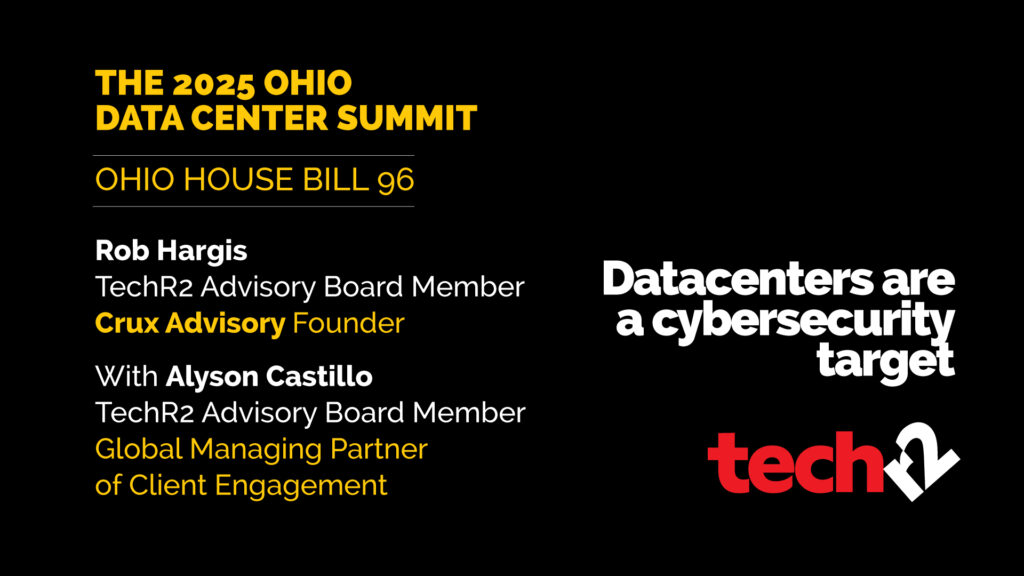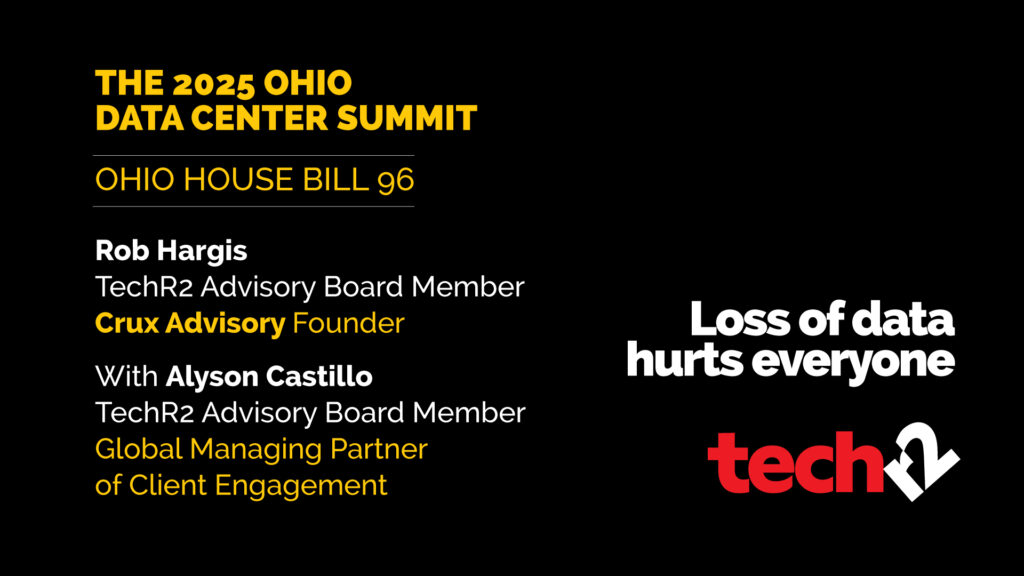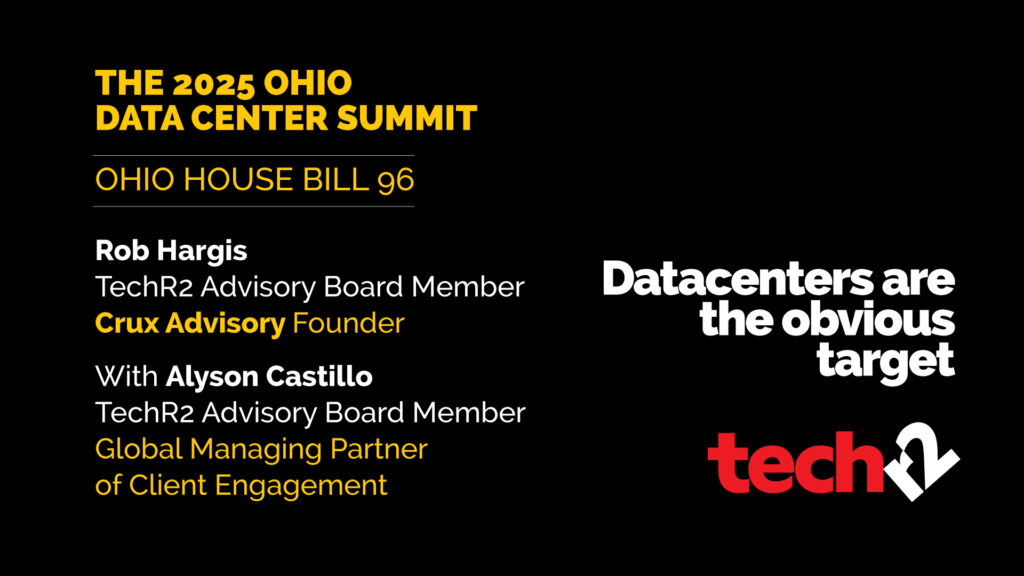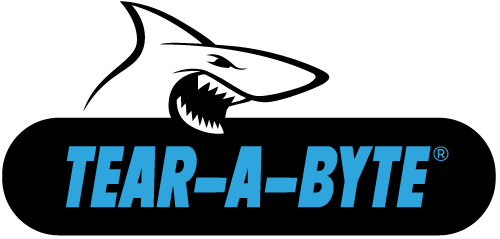As technology advances, the concept of end-of-life data has become increasingly important. End-of-life data refers to the data that is no longer needed or relevant to an organization, and it is often stored on outdated or unsupported systems. This data can include anything from customer information to sensitive financial data, and it can pose a significant risk to an organization’s cyber security strategy if it is not handled properly.
Challenges with End-of-Life Data
One of the biggest challenges organizations face with end-of-life data is deciding how to destroy it. Many organizations simply delete the data, assuming that this will be sufficient to protect it. However, this approach can be risky, as it is often difficult to ensure that the data is truly deleted and cannot be recovered. Additionally, if the data is stored on a physical device, such as a hard drive, simply deleting it may not be enough, as the data can still be recovered using specialized tools.
To mitigate this risk, organizations should consider using secure data destruction methods, such as degaussing or physical destruction. Degaussing involves using a strong magnetic field to erase the data from a hard drive or other storage device. Physical destruction, on the other hand, involves physically destroying the device, rendering the data unrecoverable. While these methods may be more costly than simply deleting the data, they provide a much higher level of security and can help organizations avoid potential data breaches.
Ensuring Proper Data Classification and Protection
Another challenge organizations face with end-of-life data is ensuring that it is properly classified and protected during its lifecycle. This can be particularly challenging for organizations that handle large amounts of sensitive data, such as healthcare providers or financial institutions. To properly protect this data, organizations should develop robust data classification policies that identify which data is sensitive and how it should be protected.
For example, some data may require encryption or other advanced security measures, while other data may only require basic protections such as password protection or access controls. By properly classifying the data, organizations can ensure that it is only accessible to authorized personnel and that it is protected throughout its lifecycle.
In addition to proper classification, organizations should also consider implementing data retention policies to help manage end-of-life data. These policies should identify how long data should be retained, and when it should be deleted or destroyed. By setting clear guidelines for data retention, organizations can help reduce the risk of data breaches and ensure that they are not holding onto data that is no longer needed or relevant.

Finally, organizations should consider the potential risks associated with end-of-life data when developing their cyber security strategy. This may involve conducting regular risk assessments to identify potential vulnerabilities and developing strategies to mitigate these risks. For example, if an organization identifies a potential risk associated with a specific type of data, they may need to implement additional security measures or limit access to that data.
Conclusion
Overall, end-of-life data can pose a significant risk to an organization’s cyber security strategy if it is not handled properly. By implementing secure data destruction methods, developing robust data classification policies, and implementing data retention policies, organizations can help reduce this risk and ensure that their sensitive data is properly protected throughout its lifecycle. Additionally, by considering the potential risks associated with end-of-life data when developing their cyber security strategy, organizations can help minimize the risk of data breaches and other cyber security incidents.
TechR2 Solutions
TechR2 is a leading provider of end-of-life data destruction services for electronic devices that store data. As part of their cutting-edge cyber security strategy, they employ a patented Tear-A-Byte method for hard drive destruction that ensures all electronics are tracked and contained, so retired assets never leave your premises or fall into the wrong hands before they are destroyed. The company’s ISO-certified processes enable them to handle large-scale decommissions for data centers and enterprises safely and securely. In addition, TechR2 offers secure transport services to ensure that decommissioned hardware and data are transported safely and with the utmost care. Their processes comply with the NIST and GDPR standards globally. To learn more about their comprehensive data solutions, contact TechR2 today for a complimentary risk analysis.
Written by Eric Keeneth, 3/29/23









